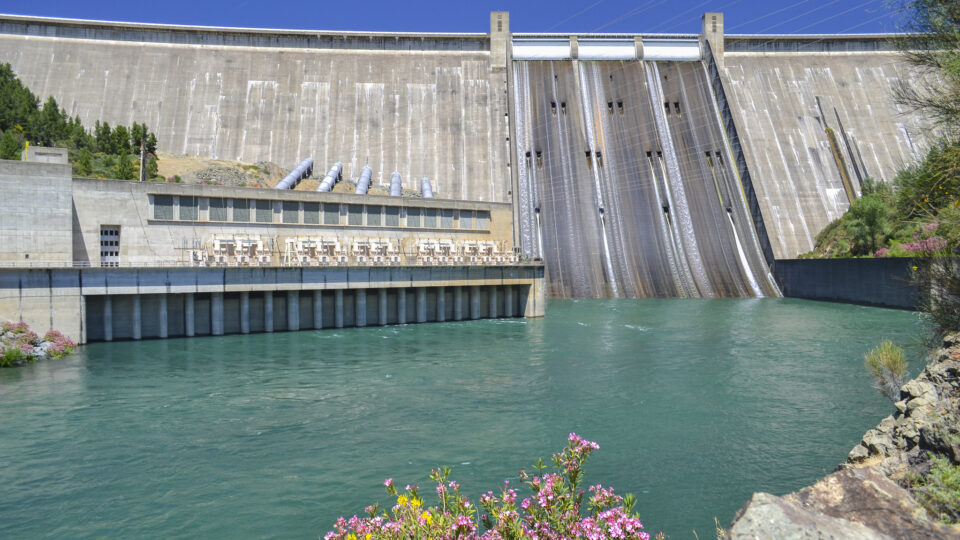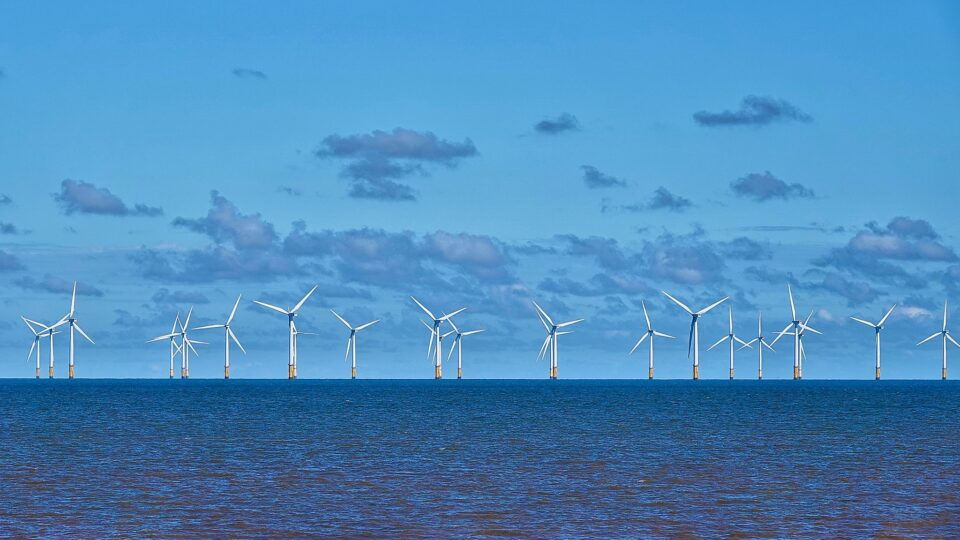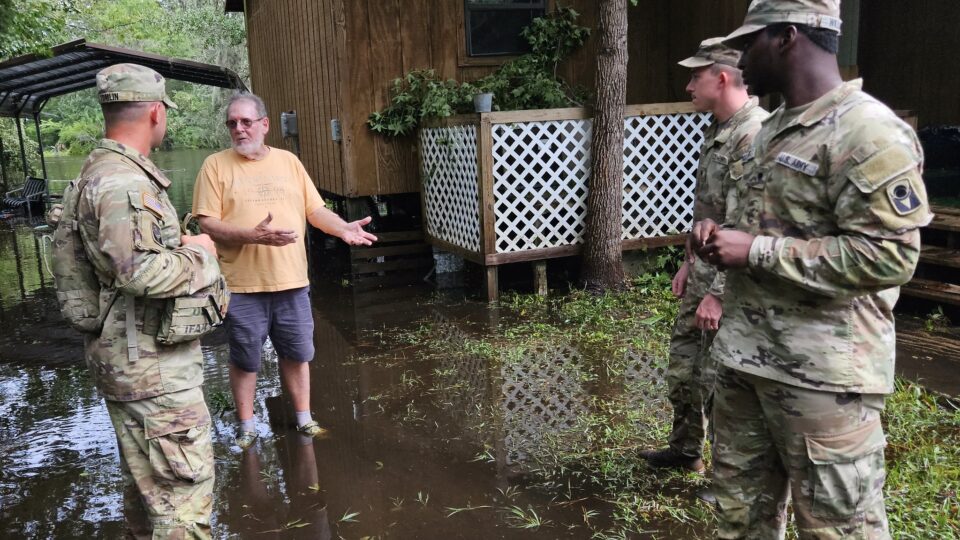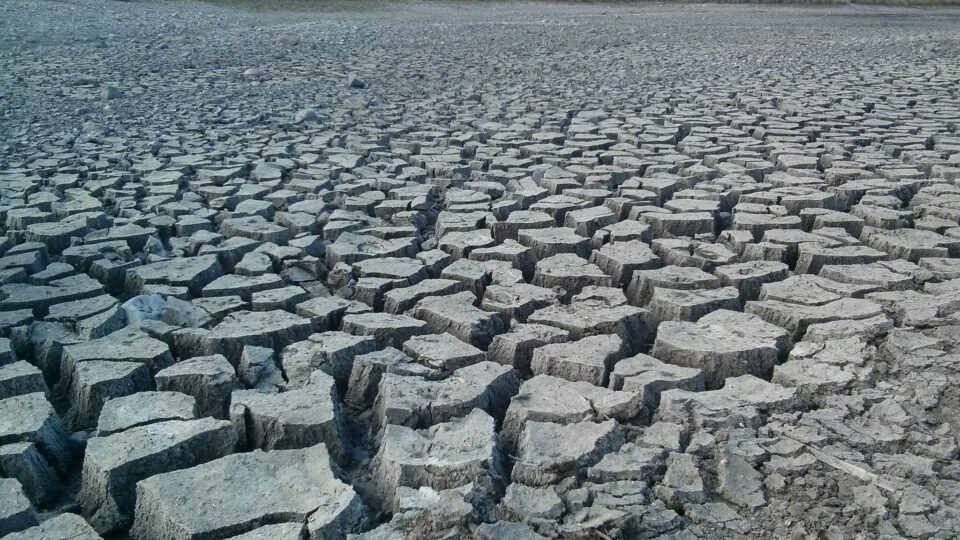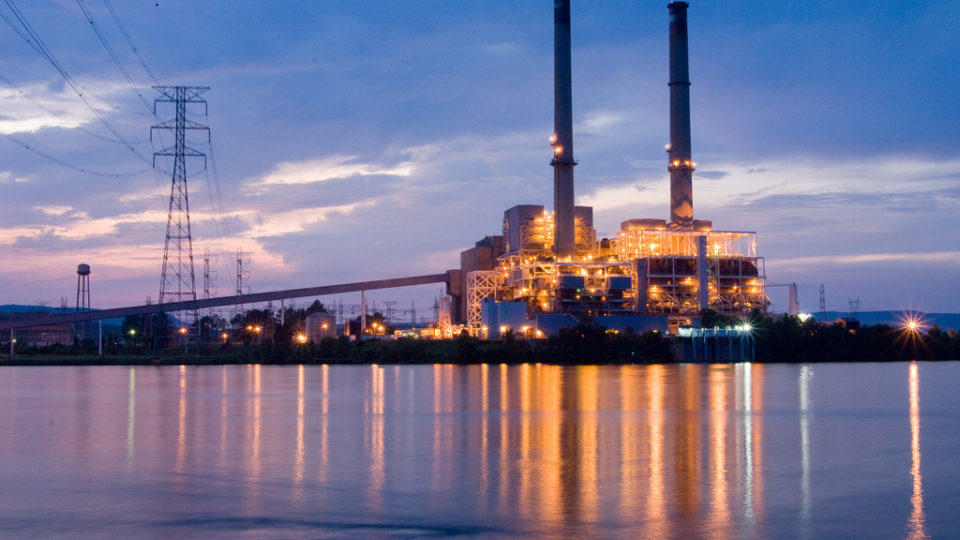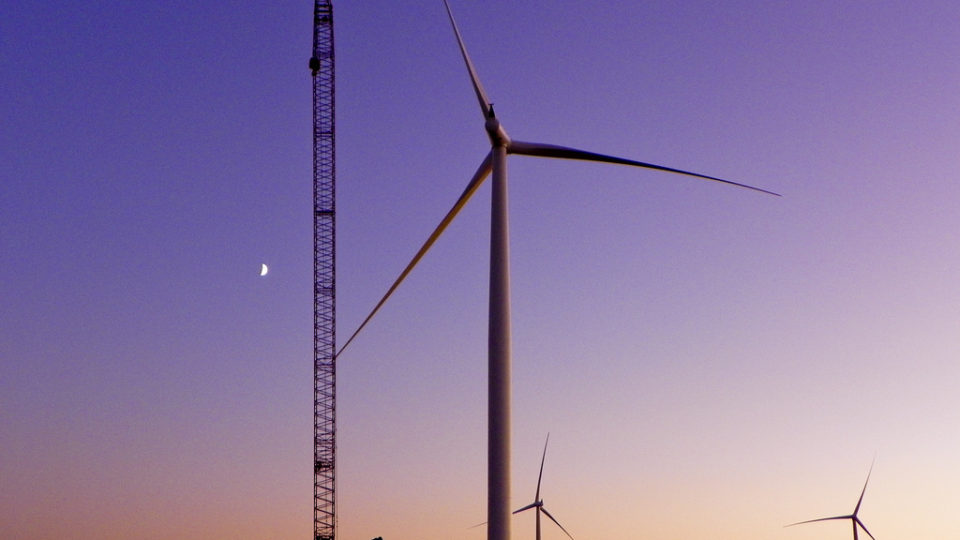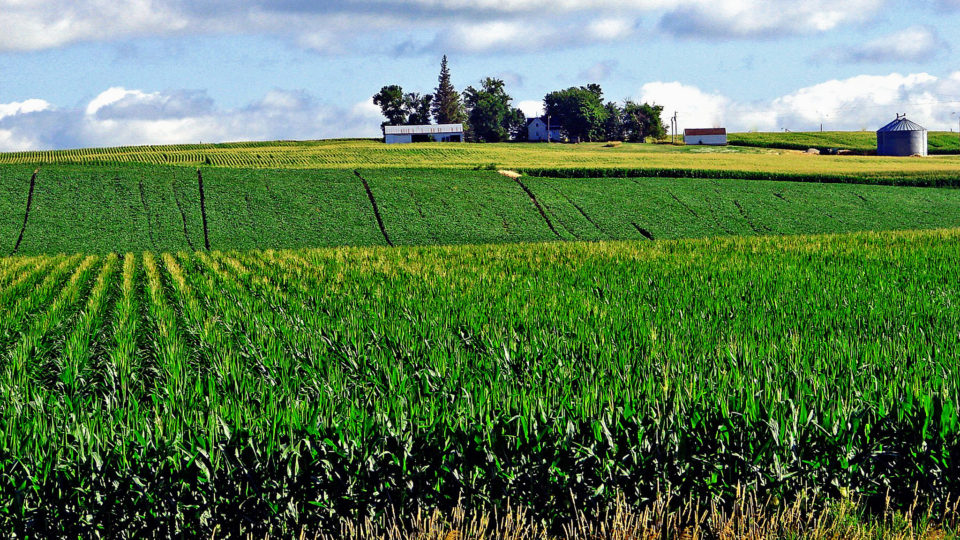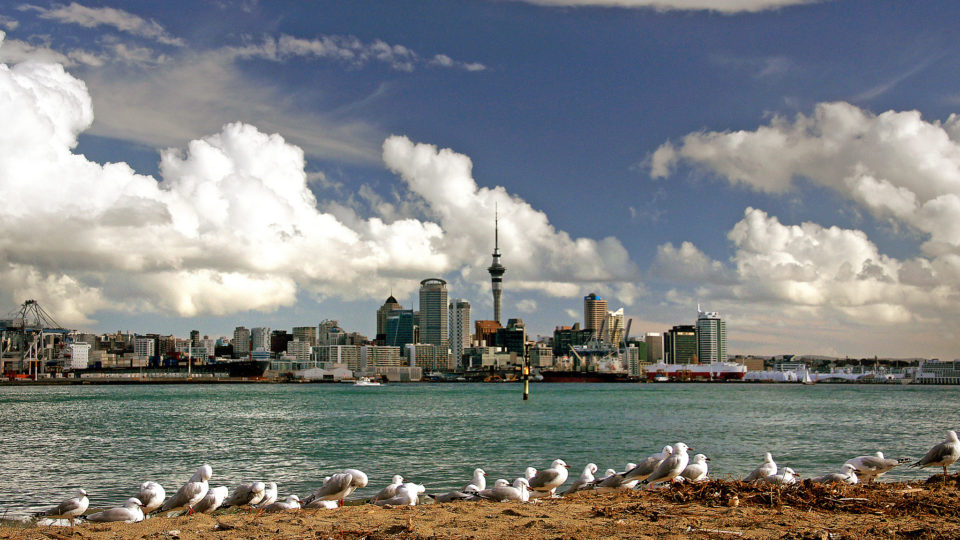How the United States produces its electricity has changed dramatically over the past few decades. Coal used to be the dominant source of power in this country, but natural gas surpassed it in 2016, and coal’s share has been shrinking ever since. Fossil fuel still generates the majority of America’s electricity, but renewable power is increasing its contribution all the time.
On a state-by-state basis, there are very large variations in the mix of power sources. Ten states still get their largest amount of power from coal, but this is down from 32 states in 2001. Four states have hydroelectric power as their largest source, including Vermont which gets more than half of its power that way.
Texas produces more electricity than any other state by a wide margin. It’s not just because it has a large population. It is because it uses huge amounts of power to refine petroleum products. Coal produces only 13% of Texas’ electricity and the state is by far the country’s largest producer of wind power.
New York gets nearly half of its power from natural gas, 21% from hydroelectric power, and 21% from nuclear power. Wind and solar power are still small, but both are growing in the state.
When people try to assess the climate impact of driving electric cars, based on the origins of the electricity they use to power the car, the results can vary dramatically based on what state they live in. Nationwide, electricity is getting cleaner and greener, but the process is by no means uniform across the country.
**********
Web Links
How Does Your State Make Electricity?
Photo, posted March 17, 2021, courtesy of Bureau of Reclamation via Flickr.
Earth Wise is a production of WAMC Northeast Public Radio
